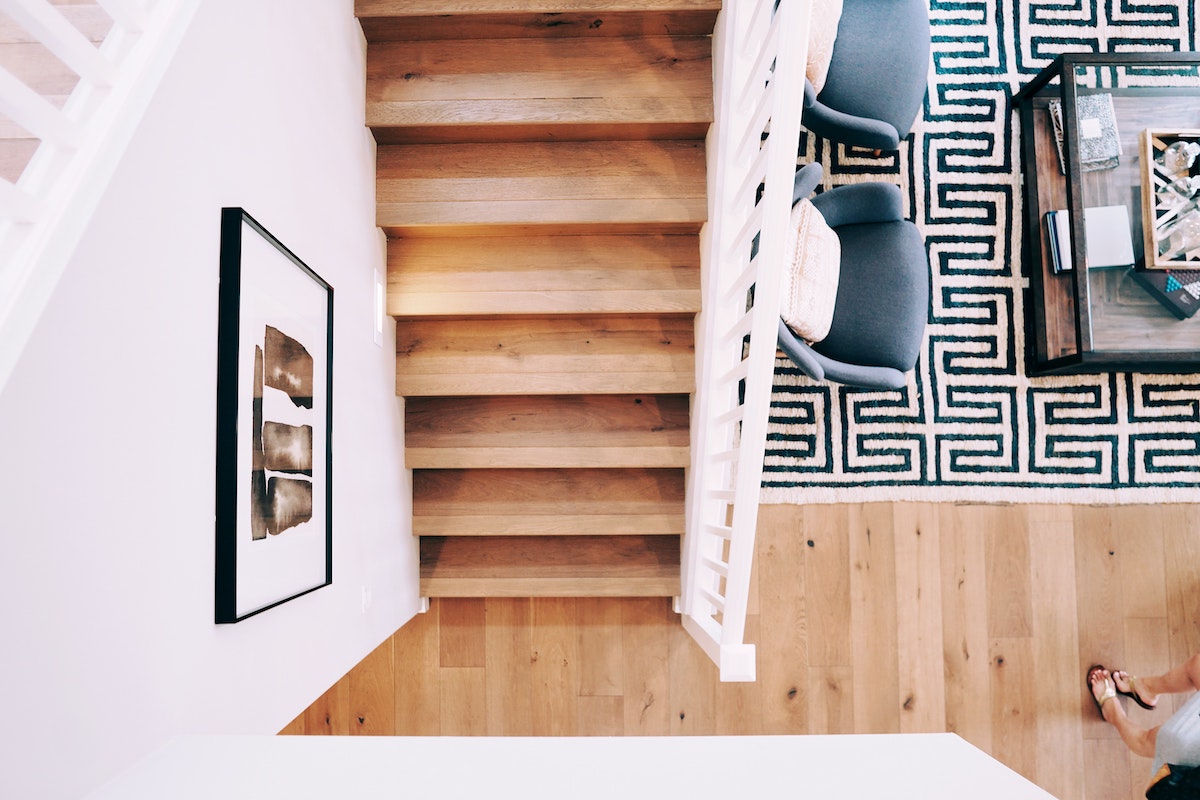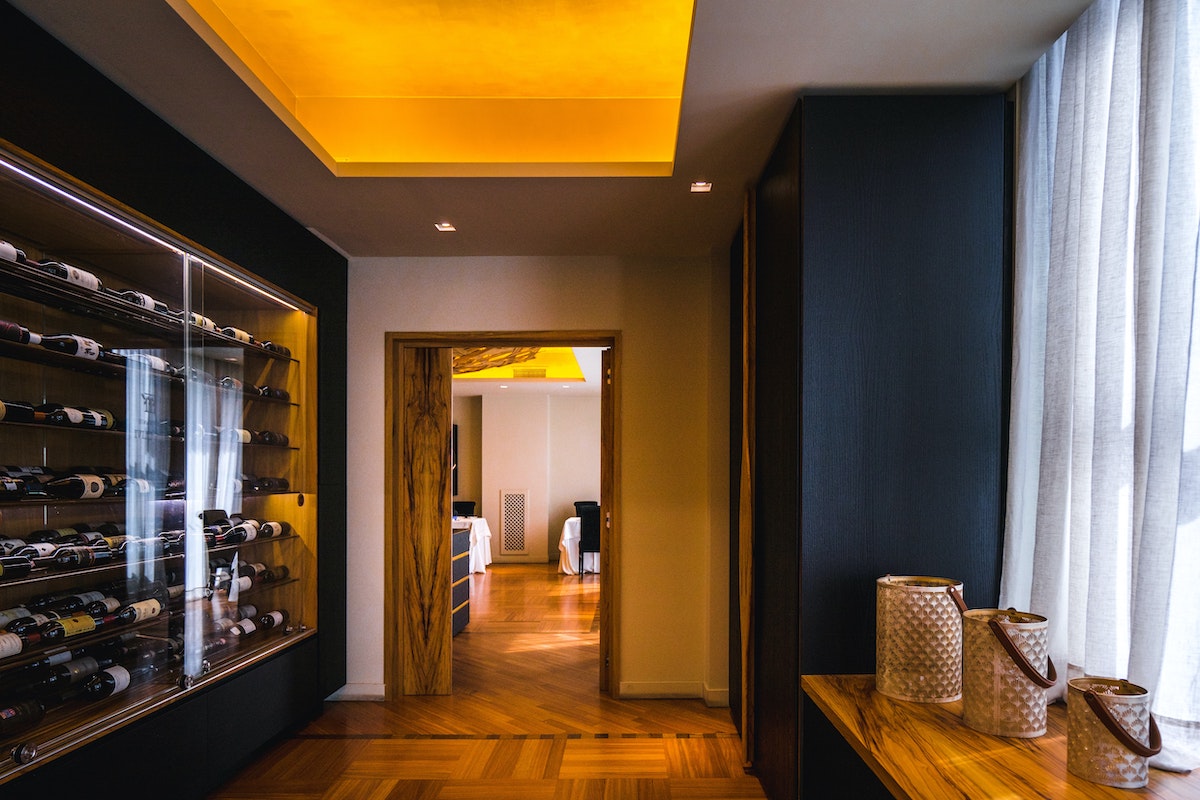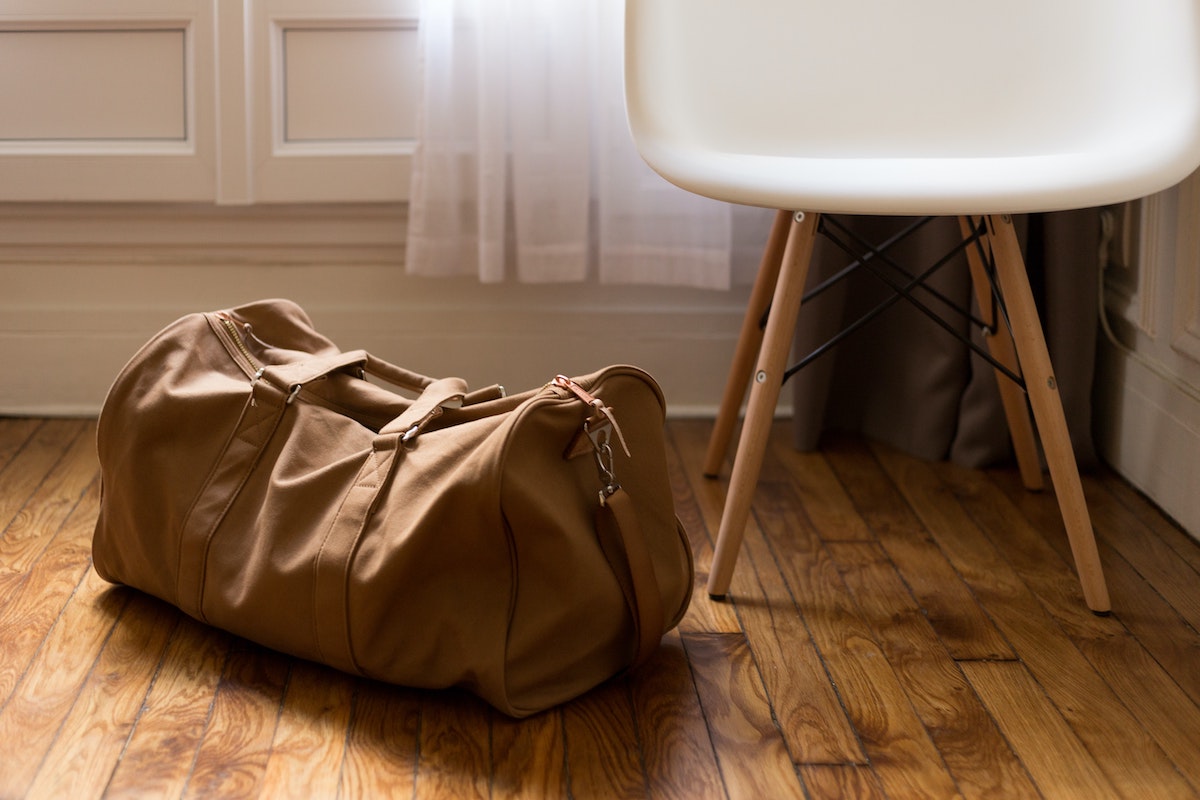A Complete Guide To Sanding Floors
You remember how good your wooden floor looked when it first laid, but time and family take their toll on even the finest protective coats. Don’t look too closely because you’ll likely see scratches, marks, stains, colour changes and many other blemishes that look okay at first glance but don’t bear close inspection.
If the appearance is beginning to get on your nerves, it’s time to consider sanding the floor to restore that showroom look. Does that sound like a daunting task? It shouldn’t be if you use the right equipment and follow our guidelines carefully.
Here at Houseace, we have specialists who sand floors and could take on the job for you. But we also know a lot of householders who have tackled the job successfully and saved money they put towards other home improvement projects.
Sanding floors: Assessment is essential
Sanding floors is a time-consuming job, but it’s time well spent to get the best results. Before you begin, it’s time for some careful assessment.
First, you’ll need to move all the furniture out of the room and remove any carpets or rugs. If there are any other fittings, paintings or photos on the wall, it’s best to remove them, because there will be plenty of dust to come!
Next, go over the entire floor carefully with your hand to check if there are any nails protruding. Using a hammer and a thin tool, push them back in, so they are about 4mm below the current surface. Then, either fill in the small holes with a neutral wood filler, or leave filling till after you finish sanding and use some of the fine dust mixed with a filler to get a great colour match.
It’s also important to assess the depth of the floor to see how much surface material you can remove. If the floor has been previously sanded, for example, can it take any more reduction? You might have some deep scratches or dents to deal with, but will a deeper removal leave any noticeable gaps under doors?
One simple test is to see if the heads of nails are close to the surface. That probably indicates the floor has been previously sanded and may not take any more.
Finally, identify the type of wood you’ve got. Hardwood floors are the best candidates for sanding, softwoods like pine less so. Engineered floors finished with a veneer are more difficult to work on because sanding could remove some or all of the thin veneer and leave you with a patchy finish.
Related: Bedroom Flooring Trends for 2020
Gather your equipment
When you’re confident that you can go ahead with sanding, it’s time to get all your equipment together.
The sander is your most important choice. There are two main types – a belt sander and an orbital sander. The belt sander removes surface material in straight lines, while the orbital version works in a backwards and forward motion. You’ll also need a smaller edge sander to complete the work around skirting boards and door frames. You can hire sanders from local stores, so take the opportunity to ask which type would be best for your project.
Both types of sander are fitted with dust collection bags, but you’ll need plenty of rubbish bags to take the dust when you empty the collection bags. And, to clean up afterwards, keep your vacuum cleaner close at hand.
Choose sandpaper to attach to the sander. Sandpaper comes in various grades or grit sizes to suit the different stages of sanding. For the first stage, a coarse paper such as 60 grit is suitable. If you have a lot of material to remove, a coarser paper such as 24 grit would do the job.
Once you have removed the main blemishes, you use progressively finer grades to complete the finishing. Typical fine grades would be 100, 120 and 150. Get plenty of sandpaper because you’ll need to change it on the machine several times.
Although the sanders collect dust as they work, this is going to be a dusty job, so you’ll need to wear a mask to avoid inhaling any stray dust. Builders’ goggles will also be important to keep dust out of your eyes. And, if the sander is noisy, a pair of ear protectors will be useful.
Dust has a habit of spreading outside the room where you’re working, so it’s a good idea to seal around any door frames with tape to minimise the mess.
Get sanding
Now the big moment, you’re ready to go. If it’s your first time standing, you may feel a little nervous, but don’t worry, just work slowly and don’t try to rush the job.
As wooden floors come in different patterns, think about the direction you will move the sander. Work out which way the grain runs and always sand with the grain. Sanding against the grain can raise the surface and make it difficult to achieve a really fine finish.
If you have a floor with a herringbone pattern, we recommend sanding in the same direction as the main light source in the room. For parquet flooring, we recommend sanding at an angle of 45 degrees to the pattern.
Whatever the pattern, sanding professionals recommend starting in the middle of the room and working outwards. You’ll be using your coarsest grain of sandpaper at this stage. Sanders have different speeds, so use a middle setting that you feel comfortable with.
Keep the sander moving until you reach the end of your first row. Try not to pause anywhere along the row because the sander will keep removing material and you will have an indentation to deal with.
At the end of the row, lift the machine onto the next row. Don’t try just cornering the sander as you could end up with strange patterns at the edge. The next row should overlap the first row — that way you won’t end up with ‘tram lines’ or gaps between rows when you come to apply the finishing coat.
When you’ve finished all the rows, use your small edge sander carefully to sand the areas where the main sander did not reach. Then, have a quick clean-up and check the entire floor to see if any blemishes are still showing. You may need to do another pass with a coarse paper,
Once you’re satisfied with the results so far, then you can fit fine grade sandpaper and do several more passes, changing to a finer grade after each pass. If you’ve left nail holes open for later filling, take some of the dust mixed with filler and complete that job now.
Finally, have a big clean up! A vacuum cleaner and a damp cloth should take care of most of the dust. Hopefully, you’ve now got a great-looking surface that’s in good shape for finishing with oil or other types of wood finish.
Related: Water Damage Restoration Steps and Renovation
Need professional help with sanding floors in Sydney or Melbourne and beyond?
As we mentioned earlier, if you don’t want to do the job yourself, you can ask a professional to take care of it for you. Or, perhaps you have other questions, such as how to get scratches out of hardwood floors without sanding, or how to restore hardwood floors without sanding.
We have specialists on our team who can assess your floor and recommend the most suitable approach to get the best results. We can also provide advice on the best type of finish to apply to the floor, to make sure your home looks its absolute best.
Wondering how much sanding and polishing timber floors cost? For an instant floor sanding quote, click here! If you have any questions or would like to get started, contact us on 1300304367 or hello@houseace.com.au.
with our instant quote tool


